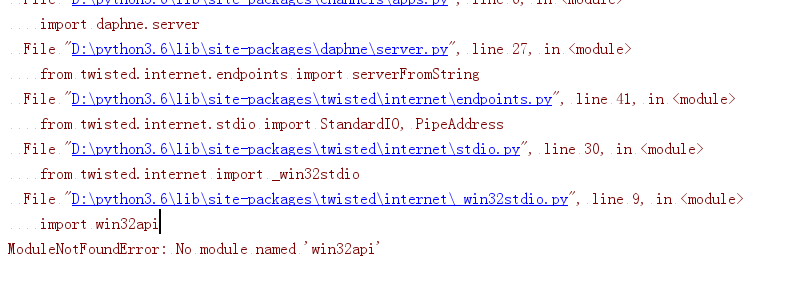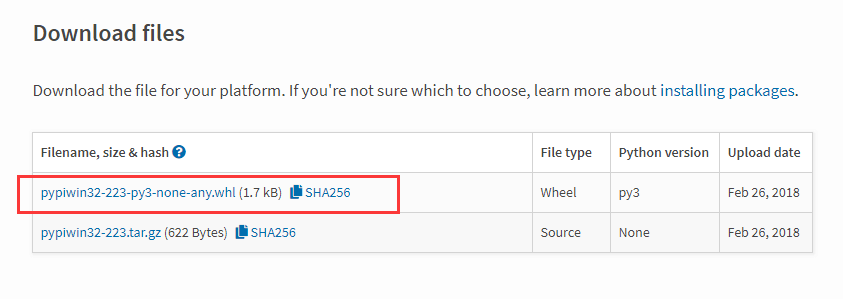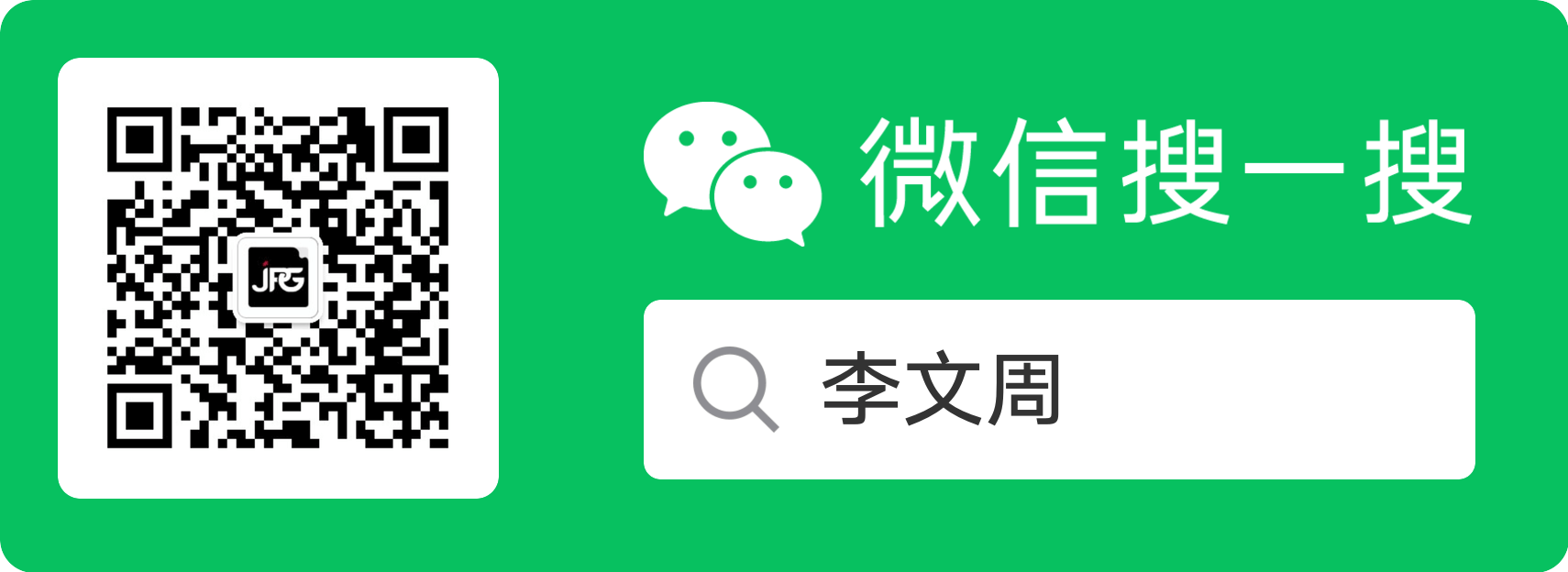Django通过channels实现websocket
承蒙大家厚爱,我的《Go语言之路》的纸质版图书已经上架京东,有需要的朋友请点击 此链接 购买。
在Django框架中是通过channels来实现websocket的,本文带你使用Django+channels搭建一个简单的websocket实例。
Django通过channels实现websocket
准备阶段
安装channels
pip install -U channels
如果出现下列错误:
error: Microsoft Visual C++ 14.0 is required. Get it with “Microsoft Visual C++ Build Tools”: http://landinghub.visualstudio.com/visual-cpp-build-tools
类似这种图:

按照这个网址的解决办法:Microsoft Visual C++ 14.0 is required解决办法
安装channels_redis
pip install channels_redis
创建一个Django项目和一个app
项目名随意,app名随意。这里项目名为django_websocket_demo,app名chat
把app文件夹下除了views.py和__init__.py的文件都删了,最终项目目录结构如下:
django_websocket_demo/
manage.py
django_websocket_demo/
__init__.py
settings.py
urls.py
wsgi.py
chat/
__init__.py
views.py
在app下新建一个templates文件夹用来存放HTML页面:
chat/
__init__.py
templates/
chat/
index.html
views.py
index.html内容如下:
<!-- chat/templates/chat/index.html -->
<!DOCTYPE html>
<html>
<head>
<meta charset="utf-8"/>
<title>Chat Rooms</title>
</head>
<body>
What chat room would you like to enter?<br/>
<input id="room-name-input" type="text" size="100"/><br/>
<input id="room-name-submit" type="button" value="Enter"/>
<script>
document.querySelector('#room-name-input').focus();
document.querySelector('#room-name-input').onkeyup = function(e) {
if (e.keyCode === 13) { // enter, return
document.querySelector('#room-name-submit').click();
}
};
document.querySelector('#room-name-submit').onclick = function(e) {
var roomName = document.querySelector('#room-name-input').value;
window.location.pathname = '/chat/' + roomName + '/';
};
</script>
</body>
</html>
在chat/views.py中添加视图函数:
# chat/views.py
from django.shortcuts import render
def index(request):
return render(request, 'chat/index.html', {})
添加 chat/urls.py文件并设置路由信息:
# chat/urls.py
from django.urls import re_path
from . import views
urlpatterns = [
re_path(r'^$', views.index, name='index'),
]
在项目路由django_websocket_demo/urls.py中配置路由信息:
# django_websocket_demo/urls.py
from django.conf.urls import include, url
from django.contrib import admin
urlpatterns = [
url(r'^chat/', include('chat.urls')),
url(r'^admin/', admin.site.urls),
]
在settings.py文件同级目录下新建routing.py文件,内容如下:
# django_websocket_demo/routing.py
from channels.routing import ProtocolTypeRouter
application = ProtocolTypeRouter({
# (http->django views is added by default)
})
把channels注册
INSTALLED_APPS = [
'channels',
'chat',
'django.contrib.admin',
'django.contrib.auth',
'django.contrib.contenttypes',
'django.contrib.sessions',
'django.contrib.messages',
'django.contrib.staticfiles',
]
在 settings.py文件中,添加如下配置项:
# django_websocket_demo/settings.py
# Channels
# Channels
ASGI_APPLICATION = 'django_websocket_demo.routing.application'
启动Django项目。
如果启动DJango项目报错如下:

点击链接下载 pywin32

把下载好的文件放在项目目录下,运行下面的命令安装:
pip install pypiwin32-223-py3-none-any.whl
更进一步
创建一个chat/templates/chat/room.html文件,添加如下内容:
<!-- chat/templates/chat/room.html -->
<!DOCTYPE html>
<html>
<head>
<meta charset="utf-8"/>
<title>Chat Room</title>
</head>
<body>
<textarea id="chat-log" cols="100" rows="20"></textarea><br/>
<input id="chat-message-input" type="text" size="100"/><br/>
<input id="chat-message-submit" type="button" value="Send"/>
</body>
<script>
var roomName = {{ room_name_json }};
var chatSocket = new WebSocket(
'ws://' + window.location.host +
'/ws/chat/' + roomName + '/');
chatSocket.onmessage = function(e) {
var data = JSON.parse(e.data);
var message = data['message'];
document.querySelector('#chat-log').value += (message + '\n');
};
chatSocket.onclose = function(e) {
console.error('Chat socket closed unexpectedly');
};
document.querySelector('#chat-message-input').focus();
document.querySelector('#chat-message-input').onkeyup = function(e) {
if (e.keyCode === 13) { // enter, return
document.querySelector('#chat-message-submit').click();
}
};
document.querySelector('#chat-message-submit').onclick = function(e) {
var messageInputDom = document.querySelector('#chat-message-input');
var message = messageInputDom.value;
chatSocket.send(JSON.stringify({
'message': message
}));
messageInputDom.value = '';
};
</script>
</html>
在chat/views.py中添加一个处理 room的视图函数:
# chat/views.py
from django.shortcuts import render
from django.utils.safestring import mark_safe
import json
def index(request):
return render(request, 'chat/index.html', {})
def room(request, room_name):
return render(request, 'chat/room.html', {
'room_name_json': mark_safe(json.dumps(room_name))
})
在chat/urls.py中注册路由
# chat/urls.py
from django.urls import re_path
from . import views
urlpatterns = [
re_path(r'^$', views.index, name='index'),
re_path(r'^(?P<room_name>[^/]+)/$', views.room, name='room'),
]
新建chat/consumers.py文件,添加如下内容:
# chat/consumers.py
from channels.generic.websocket import AsyncWebsocketConsumer
import json
class ChatConsumer(AsyncWebsocketConsumer):
async def connect(self):
self.room_name = self.scope['url_route']['kwargs']['room_name']
self.room_group_name = 'chat_%s' % self.room_name
# Join room group
await self.channel_layer.group_add(
self.room_group_name,
self.channel_name
)
await self.accept()
async def disconnect(self, close_code):
# Leave room group
await self.channel_layer.group_discard(
self.room_group_name,
self.channel_name
)
# Receive message from WebSocket
async def receive(self, text_data):
text_data_json = json.loads(text_data)
message = text_data_json['message']
# Send message to room group
await self.channel_layer.group_send(
self.room_group_name,
{
'type': 'chat_message',
'message': message
}
)
# Receive message from room group
async def chat_message(self, event):
message = event['message']
# Send message to WebSocket
await self.send(text_data=json.dumps({
'message': message
}))
新建一个chat/routing.py文件,添加以下内容:
# chat/routing.py
from django.urls import re_path
from . import consumers
websocket_urlpatterns = [
re_path(r'^ws/chat/(?P<room_name>[^/]+)/$', consumers.ChatConsumer),
]
将django_websocket_demo/routing.py文件中修改为以下内容:
# django_websocket_demo/routing.py
from channels.auth import AuthMiddlewareStack
from channels.routing import ProtocolTypeRouter, URLRouter
import chat.routing
application = ProtocolTypeRouter({
# (http->django views is added by default)
'websocket': AuthMiddlewareStack(
URLRouter(
chat.routing.websocket_urlpatterns
)
),
})
启动redis
在本地6379端口启动redis :redis-server
在settings.py中添加如下配置:
CHANNEL_LAYERS = {
'default': {
'BACKEND': 'channels_redis.core.RedisChannelLayer',
'CONFIG': {
"hosts": [('127.0.0.1', 6379)],
},
},
}
启动Django项目
使用多个浏览器打开http://127.0.0.1:8000/chat/lobby/,开始实时聊天吧。






